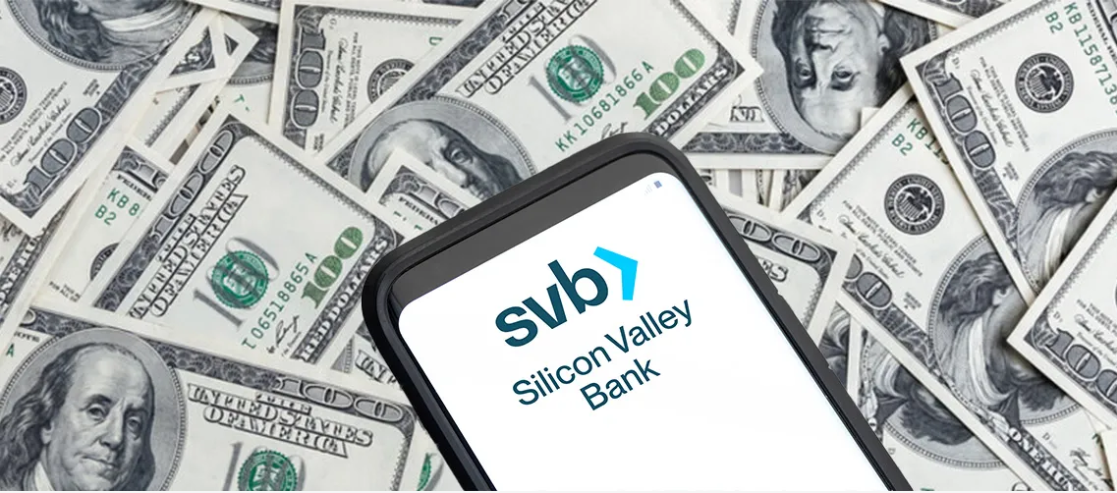Personal loans have become one of the most commonly used financial tools for individuals seeking a flexible and straightforward borrowing option. Whether the goal is to consolidate debt, cover unexpected expenses, or support a major purchase, personal loans in the United States offer a simple structure, predictable payments, and a wide range of approved uses.
This article provides a clear, unbiased overview of how personal loans work, their benefits, considerations, and what borrowers should understand before applying.
What Is a Personal Loan?
A personal loan is a fixed-amount installment loan that allows borrowers to access funds for almost any personal need.
Common uses include:
- Home repairs or upgrades
- Medical or emergency expenses
- Debt consolidation
- Moving costs
- Large purchases
- Travel or special events
Most personal loans come with fixed interest rates and fixed monthly payments, making budgeting easier.
Key Benefits of Personal Loans in the U.S.
1. Flexibility of Use
Unlike mortgages or auto loans, personal loans do not restrict how the funds can be used. Borrowers have full control over how to allocate the money.
2. Predictable Repayment Structure
Fixed interest rates ensure that monthly payments remain constant throughout the loan term, offering financial stability and easier planning.
3. No Collateral Required
Most U.S. personal loans are unsecured. Borrowers do not need to pledge property such as a car or home, which reduces risk on their end.
4. Fast Processing and Funding
Many lenders provide quick online applications with rapid approval. In many cases, funds can be disbursed within 1–2 business days.
5. Debt Consolidation Options
Personal loans are often used to combine multiple debts into a single payment, potentially reducing the overall interest rate and simplifying financial management.
Types of Personal Loans in the United States
1. Unsecured Personal Loans
- No collateral required
- Based primarily on creditworthiness
- Most widely used option
2. Secured Personal Loans
- Requires collateral such as a savings account or vehicle
- May offer lower interest rates
- Suitable for borrowers with limited credit history
3. Fixed-Rate Loans
- Monthly payment remains the same
- Ideal for long-term budgeting
4. Variable-Rate Loans
- Interest rates can fluctuate
- May offer lower initial rates
- Better suited for borrowers comfortable with rate changes
Eligibility Requirements
Eligibility varies across lenders, but common requirements include:
- A stable and verifiable source of income
- A credit score that meets lender minimums
- U.S. residency and valid identification
- A manageable debt-to-income ratio
Higher credit scores typically result in more favorable interest rates.
Typical Loan Amounts and Terms
Personal loan amounts in the U.S. generally range from:
- $1,000 to $50,000 for standard borrowers
- Up to $100,000 for borrowers with strong credit and income
Loan terms usually fall between 12 and 60 months, though some lenders offer extended options.
Costs and Fees to Consider
Before selecting a loan, borrowers should understand the total cost of borrowing. Important factors include:
- Annual Percentage Rate (APR)
- Origination fees
- Late payment fees
- Possible prepayment penalties
Carefully reviewing the loan agreement ensures transparency and helps avoid unexpected charges.
How to Apply for a Personal Loan
The application process typically includes:
- Reviewing your credit report
- Comparing interest rates and terms among lenders
- Preparing necessary documentation (ID, income proof, bank statements)
- Completing an online or in-person application
- Reviewing the loan offer in detail
- Accepting the loan and receiving funds
Online lenders, banks, and credit unions all provide personal loan options, each with different requirements and benefits.
Is a Personal Loan a Good Fit?
A personal loan may be suitable for individuals who need quick access to funds, want predictable monthly payments, or are looking to consolidate higher-interest debt.
Borrowers should consider their income stability, credit profile, and financial goals before committing to a loan.
Conclusion
Personal loans in the United States offer a versatile and accessible financial solution for many types of expenses. With clear repayment terms, flexible usage, and widely available options, they remain a popular choice for both short-term and long-term financial planning.
By understanding how personal loans work and carefully evaluating available offers, borrowers can make informed decisions that align with their financial needs.




